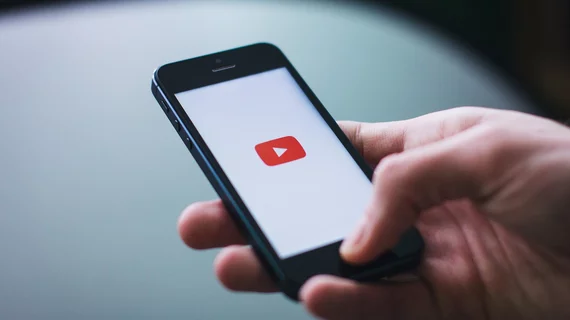Nearly 60% of YouTube videos about MRI claustrophobia are deemed 'useless'
Many videos on YouTube about MRI-associated claustrophobia could be perceived as misleading and even fearmongering to those seeking information on the subject.
Nonprofessionals are responsible for nearly 75% of uploaded YouTube videos on the topic of claustrophobia during MRI, the quality and reliability of which some experts find concerning, according to a new paper published in Cureus [1].
“With the increasingly widespread use of sharing platforms on the Internet, today it is common for a physician to encounter patients who have already done their research on the Internet to find treatment options for their disease,” co-authors Fuldem Mutlu and Erbil Arik explained. “Videos can be uploaded to YouTube at any time, by any person, and free of charge, making YouTube a source of health-related information.”
Mutlu, a member of the radiology faculty at Sakarya University Medical, and Arik, with the Department of Radiology at Igdir State Hospital in Turkey, examined 65 YouTube videos relative to MRI-induced anxiety and claustrophobia to assess the quality and reliability of the content. Videos were uploaded by both professionals and nonprofessionals and ranged in their subject matter from shared experiences with MRI anxiety to general information on MRI scans and how to overcome claustrophobia.
The videos were evaluated using three tools, including subjective analysis, Quality Criteria for Consumer Health Information (DISCERN), and the Global Quality Scale (GQS).
Just 17 of the 65 videos that met inclusion were uploaded by professionals (doctors, techs, etc.), while the remaining clips were shared by patients and healthcare/hospital channels.
The reliability of the videos was considered poor for 32.3%, moderate for 27.7% and good for 41.5%. However, nearly 57% of the content was deemed “useless,” and failed to provide relevant information on how to address or overcome MRI claustrophobia, with some of the videos from patients posing the potential to spark even more fear of the exam among viewers.
Given these results, it would be appropriate for YouTube to more closely oversee health-related content shared by its users, the authors suggested. They added that this sort of content also should be clearly classified as either professional or nonprofessional to allow patients to make more informed decisions on the content they view when seeking information on health topics.
To learn more, click here.

